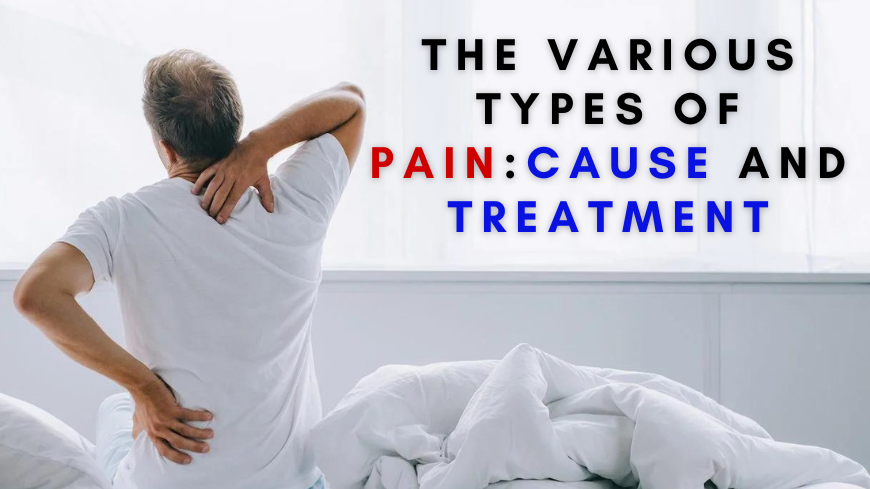
What is pain?
Pain is a general term to describe the uncomfortable sensations in the body. It generally stems from the activation of the nervous system.
Pain can make you feel stressed, annoyed, and in a situation where you will be less interested in performing any work. It generally feels like any sharp tool stabbing into your body. It can also be throbbing, burning, sore, or stinging and pinching.
Pain can be in various forms like consistent, sometimes may start or stop suddenly. It may be acute or chronic, with ongoing sensations lasting several months or years.
Pain can also vary in intensity, duration, and location, and other symptoms, such as swelling, redness, or fever, can accompany it. Pain plays a vital role in the body’s protective mechanisms, alerting us to potential harm and helping us avoid further injury or damage. If you want instant pain relief, buy Oxycodone online or any similar opioid.
What causes pain?
We know a lot about pain, but who knows what is the cause behind this? Injury and medical conditions are ok but what about the other hidden reasons?
So, here we will discuss certain other causes as well:
- Toothache,
- Muscle cramps or strains,
- Headache,
- Sore throat,
- Cuts, burns, or bruises,
- Stomach aches or cramps,
- Bone fractures.
There can be so many illnesses or disorders, like arthritis, flu, endometriosis, and fibromyalgia, that can become the reason for pain. You may also develop many underlying causes and symptoms, for example, swelling, vomiting, fatigue, nausea, or mood changes.
Types of pain
Types of pain include:
- Acute pain (short-term),
- Chronic pain (long-term),
- Neuropathic pain (caused by nerve damage),
- Nociceptive pain (caused by tissue damage),
- Visceral pain (affecting internal organs),
- Psychogenic pain (caused by psychological factors), and
- Functional pain.
Acute pain
It is a kind of short-lived pain caused by tissue damage or injury. Its sudden onset knows it and often serves as a warning signal to the body that there is an immediate threat of harm or danger.
It ranges from mild to severe and occurs in various body parts, like the head, back, joints, muscles, or internal organs. Common causes of acute pain include surgery, trauma, burns, cuts, broken bones, dental procedures, and childbirth. It typically resolves within a few days or weeks when the body heals from the injury or damage.
The treatment of acute pain usually involves: Addressing the underlying cause of the pain, such as by administering pain medication and applying ice or heat, using physical therapy. It is essential to treat acute pain promptly and effectively to prevent it from becoming chronic, long-lasting, and often debilitating.
Chronic pain
Chronic pain persists for months or even years beyond the usual time for healing. It can result from various causes, such as an injury, disease, or a dysfunctional nervous system. Chronic pain can be continuous or intermittent and can be accompanied by other symptoms, like fatigue, sleep disturbances, or depression.
Common causes of chronic pain include arthritis, back pain, migraines, nerve damage, fibromyalgia, and cancer. It can significantly affect a person’s quality of life, including their ability to work, sleep, and enjoy daily activities.
The treatment of chronic pain generally involves a combination of medication, physical therapy, and psychological interventions. Pain management techniques, such as relaxation, meditation, or acupuncture, may also be helpful. People with chronic pain must work closely with their doctor to develop a comprehensive treatment plan that addresses their needs and preferences.
Nociceptive pain
It is a pain caused by damage or injury to body tissues, such as skin, muscles, bones, or organs. This type of pain is a normal physiological response to tissue injury.
It is typically described as a sharp, aching, or throbbing sensation localized to the area of tissue damage. Nociceptive pain can be acute, meaning it lasts for a short period, or chronic, meaning it lasts an extended period.
Examples of conditions that can cause nociceptive pain include cuts, bruises, fractures, sprains, and inflammation. Treatment for nociceptive pain typically involves addressing the underlying cause, including medications, physical therapy, or other interventions.
Neuropathic pain
Neuropathic pain is a kind of chronic pain that arises from damage or malfunction in the nervous system. It can occur in various conditions, including nerve injuries, diabetes, multiple sclerosis, and certain infections.
It is often described as shooting, burning, or electric shock-like sensations and can be associated with numbness or tingling. Unlike other types of pain, it may persist even after the initial injury has healed and can be typical to treat with traditional/older pain medications.
Neuropathic pain sometimes becomes unbearable, so to control it, you must buy Hydrocodone online.
Treatment options for neuropathic pain may include medications such as antidepressants or anticonvulsants, nerve blocks, or physical therapy.
Visceral pain
Visceral pain is a type of pain that originates from the internal organs of the body, such as the stomach, intestines, liver, or pancreas.
It is often described as a deep, dull, or cramping sensation and can be caused by various conditions, including inflammatory bowel disease, cancer, or infections. Visceral pain differs from bodily pain, which arises from the skin, muscles, or bones, and can be challenging to localize or pinpoint.
Treatment options for visceral pain may include medications such as opioids, nonsteroidal anti-inflammatory drugs (NSAIDs), or antidepressants, as well as lifestyle modifications such as dietary changes or stress management techniques.
Psychogenic pain
Psychogenic pain, or psychosomatic pain, is caused or worsened by psychological factors, such as stress, anxiety, or depression, rather than a physical injury or medical condition. It can manifest in various body parts, such as headaches, back pain, or stomach pain, and can be chronic or acute.
Psychogenic pain can be challenging to diagnose, as there may not be any apparent physical cause. Treatment may involve a combination of psychological therapy, such as cognitive-behavioral therapy or relaxation techniques, and medication for underlying mental health conditions. It is essential to address the physical and psychological aspects of psychogenic pain to manage it effectively.
Functional pain
Functional pain is a type of pain that occurs without a clear physical cause or injury. It is often associated with abnormalities in the body’s nervous, muscular, or digestive systems. Common types of functional pain include irritable bowel syndrome, fibromyalgia, and chronic pelvic pain.
To get fast relief, you must buy Oxycodone online.
Unlike other types of pain, functional pain can be challenging to diagnose and treat and may require a multidisciplinary approach involving medications, lifestyle changes, and psychological therapies. Working closely with a healthcare provider to identify and manage the underlying causes of functional pain is essential.
How is pain treated?
Pain can be treated in several ways, depending on the cause of the pain. Some of the most common treatments for pain include medication, physical therapy, and psychological interventions. Medications can include over-the-counter pain relievers such as Oxycodone, Hydrocodone, and Roxicodone or prescription painkillers such as opioids.
You can also easily place your orders to buy these medicines online from the mentioned websites.
Techniques like cognitive-behavioral therapy(CBT) or mindfulness-based stress reduction can help patients learn to manage pain and reduce its impact on their lives. In addition to these traditional treatments, some patients find many alternative or complementary therapies helpful, such as acupuncture or massage therapy.
Ultimately, the best pain treatment depends on the patient’s condition. It’s essential to work with a specialist to make an effective treatment plan that is safe and effective for your unique needs.
Also, if you find more inconvenience or your pain stays longer, then you must visit a doctor else you can take the following medicines.
Oxycodone
It is a potent opioid medication for treating moderate to severe pain. It works by binding to opioid receptors in the spinal cord and brain, which reduces pain sensations. However, it also has a high potential for abuse and addiction and can have serious side effects when not used as directed.
For instant relief, you can buy Oxycodone online and get faster delivery to your door.
Hydrocodone
Hydrocodone is a semi-synthetic opioid pain medication commonly used in treating moderate to severe pain. It works by binding to opioid receptors in the brain and spinal cord, which can reduce pain sensations.
You can purchase Hydrocodone online without a prescription from our FDA-approved website without any risk.
It is often prescribed in combination with acetaminophen to enhance its pain-relieving effects. However, it also has a high potential for abuse and addiction and can have serious side effects when not used as directed.
Roxicodone
It is a brand name for the opioid oxycodone. Roxicodone is a potent painkiller used to treat moderate to severe pain. Roxicodone is available in immediate-release tablets designed to deliver the medication quickly to relieve pain. Using your MasterCard, you can easily buy Roxicodone online and get cashback.
Written by admin
Coupon Code
Use Coupon CodeSALE10
Check Details On Payment Page
Products Categories
-
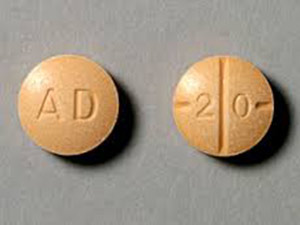 Buy Adderall Online
Buy Adderall Online -
 Buy Adipex Online
Buy Adipex Online -
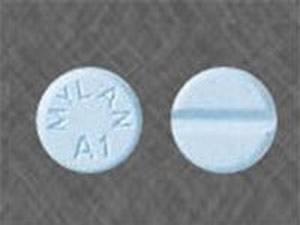 Buy Alprazolam Online
Buy Alprazolam Online -
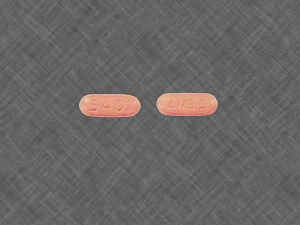 Buy Ambien Online
Buy Ambien Online -
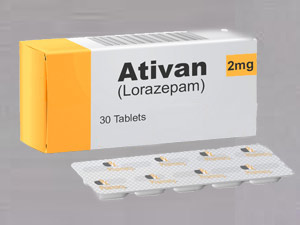 Buy Ativan online
Buy Ativan online -
 Buy Carisoprodol Online
Buy Carisoprodol Online -
 Buy Clonazepam Online
Buy Clonazepam Online -
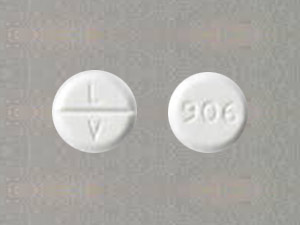 Buy Codeine Online
Buy Codeine Online -
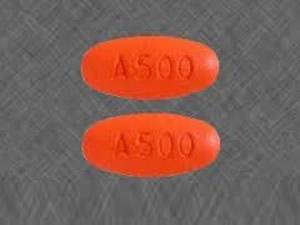 Buy Darvocet Online
Buy Darvocet Online -
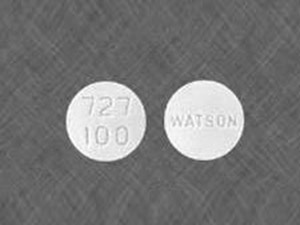 Buy Demerol Online
Buy Demerol Online -
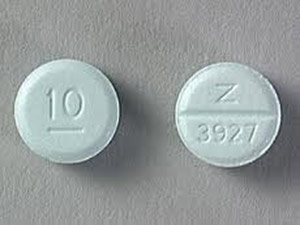 Buy Diazepam Online
Buy Diazepam Online -
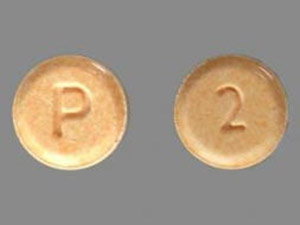 Buy Dilaudid Online
Buy Dilaudid Online -
 Buy Fioricet online
Buy Fioricet online -
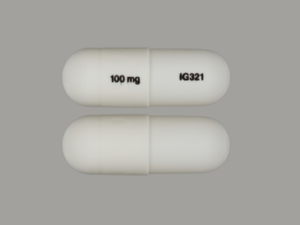 Buy Gabapentin Online
Buy Gabapentin Online -
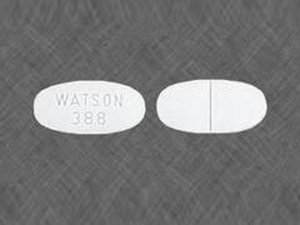 Buy Hydrocodone Online
Buy Hydrocodone Online -
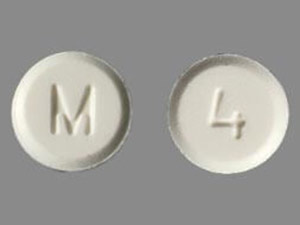 Buy Hydromorphone Online
Buy Hydromorphone Online -
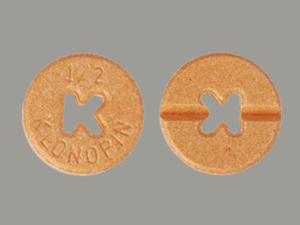 Buy Klonopin Online
Buy Klonopin Online -
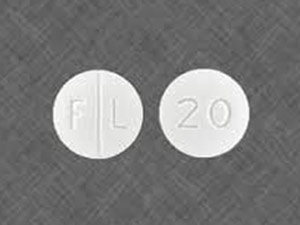 Buy Lexapro Online
Buy Lexapro Online -
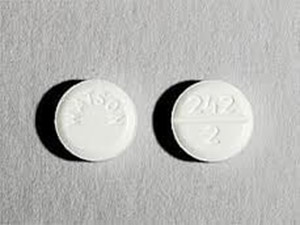 Buy Lorazepam Online
Buy Lorazepam Online -
 Buy Lorcet Online
Buy Lorcet Online -
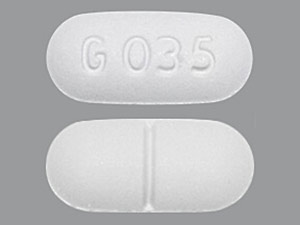 Buy Lortab Online
Buy Lortab Online -
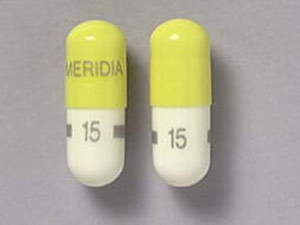 Buy Meridia Online
Buy Meridia Online -
 Buy Methadone Online
Buy Methadone Online -
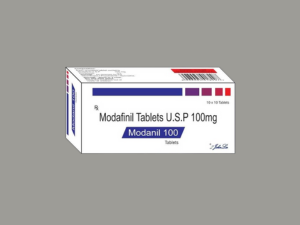 Buy Modafinil Online
Buy Modafinil Online -
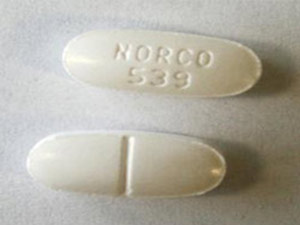 Buy Norco Online
Buy Norco Online -
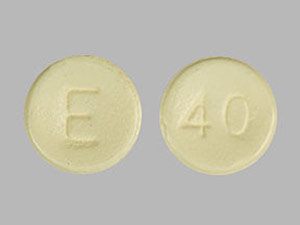 Buy Opana ER Online
Buy Opana ER Online -
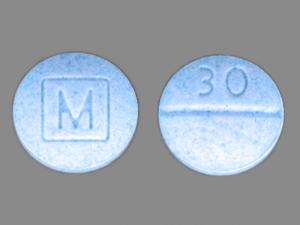 Buy Oxycodone Online
Buy Oxycodone Online -
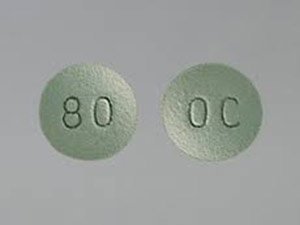 Buy Oxycontin Online
Buy Oxycontin Online -
 Buy Percocet Online
Buy Percocet Online -
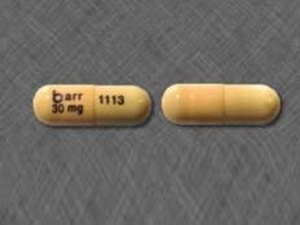 Buy Phentermine Online
Buy Phentermine Online -
 Buy Roxicodone Online
Buy Roxicodone Online -
 Buy Soma Online
Buy Soma Online -
 Buy Suboxone Online
Buy Suboxone Online -
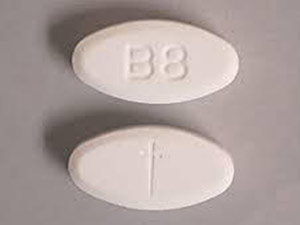 Buy Subutex Online
Buy Subutex Online -
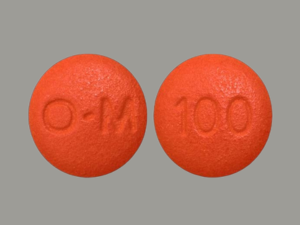 Buy Tapentadol Online
Buy Tapentadol Online -
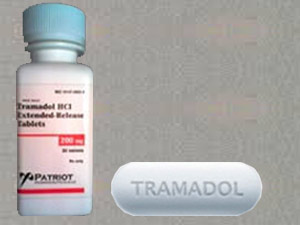 Buy Tramadol Online
Buy Tramadol Online -
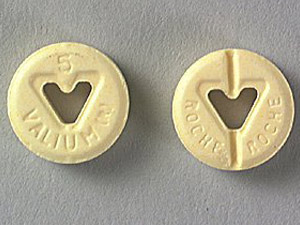 Buy Valium Online
Buy Valium Online -
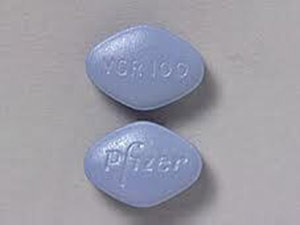 Buy Viagra Online
Buy Viagra Online -
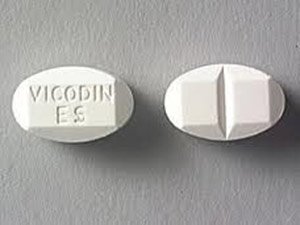 Buy Vicodin Online
Buy Vicodin Online -
 Buy Xanax Online
Buy Xanax Online -
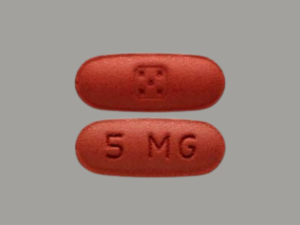 Buy Zolpidem Online
Buy Zolpidem Online

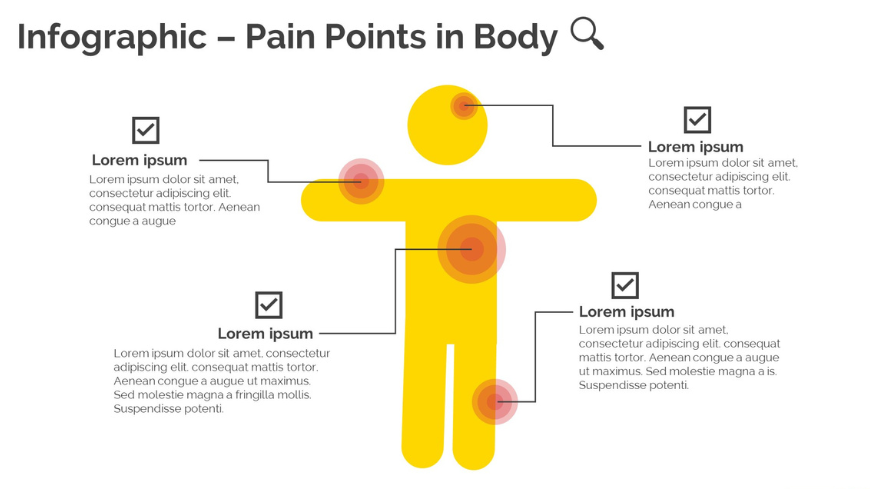
Leave a Reply